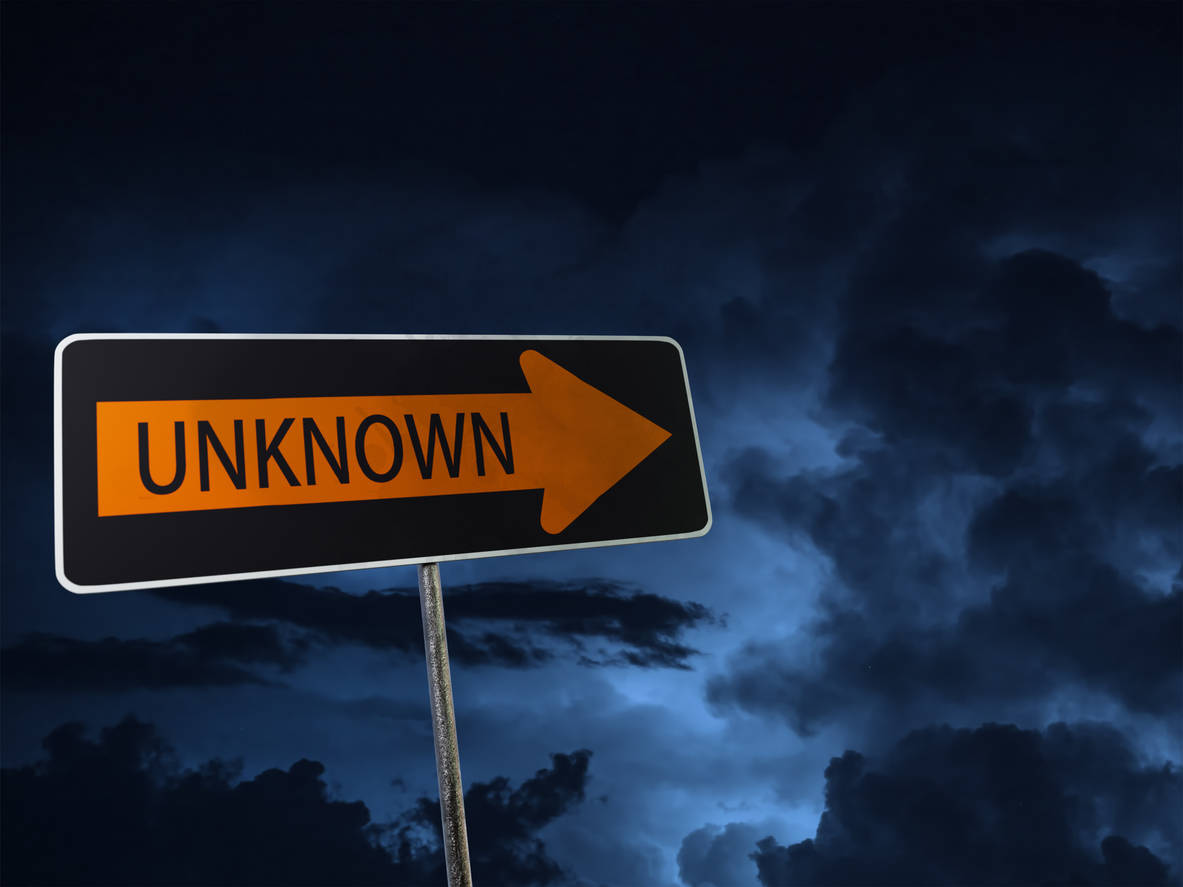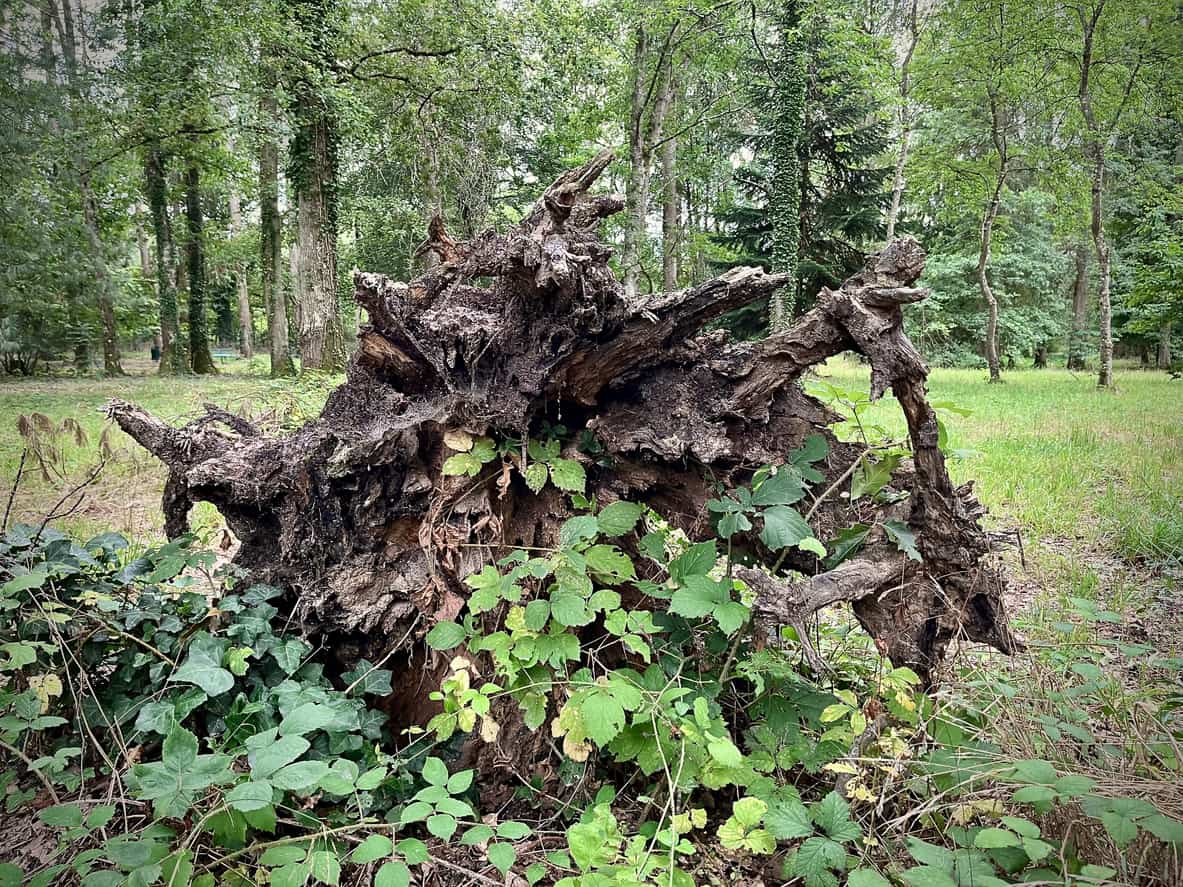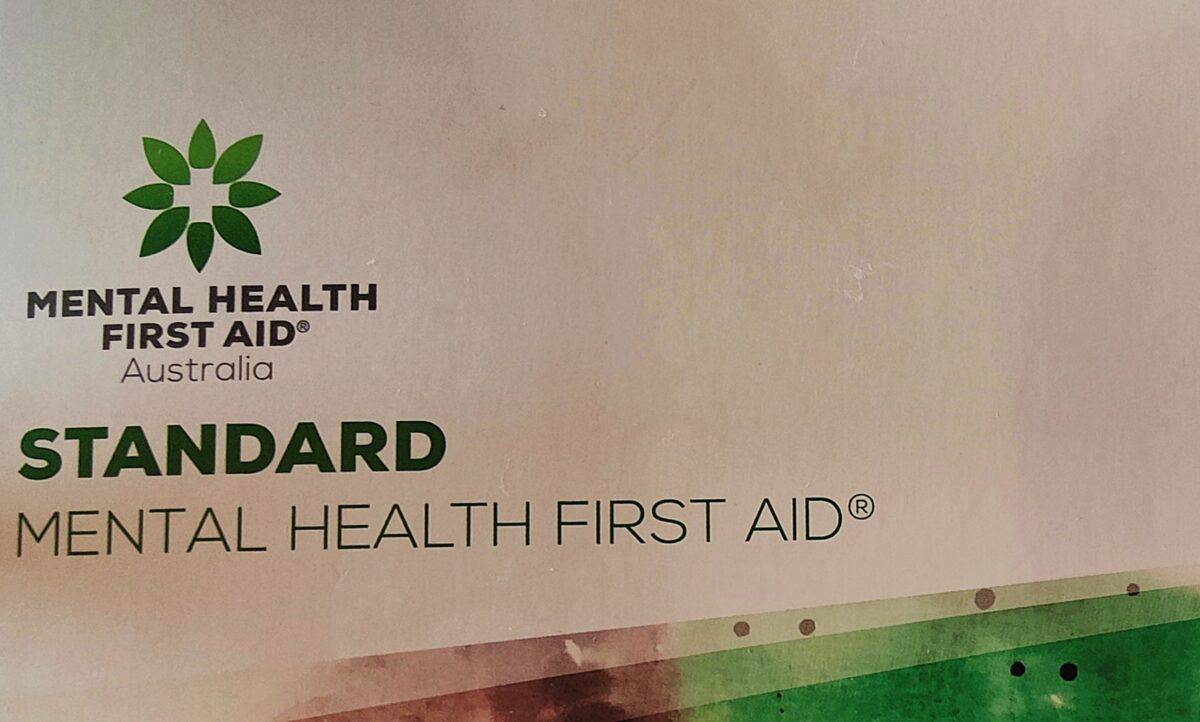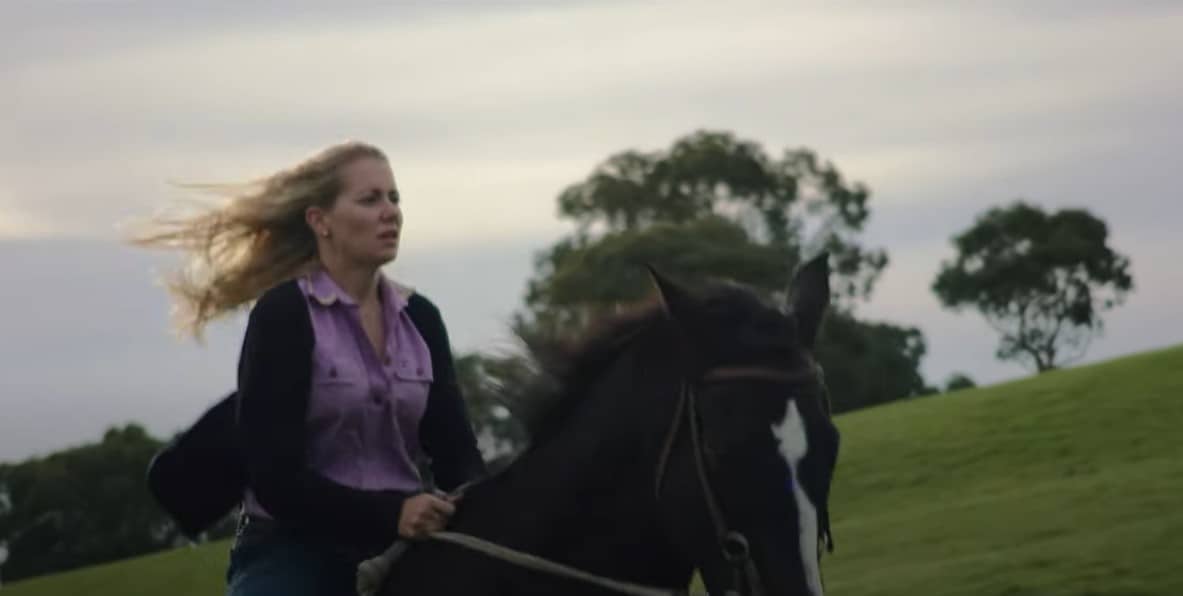One of the most appealing little occupational health and safety (OHS) crossed my desk the other day. It is a small, cheap book called “Work Well From Home – Staying Effective in the Age of Remote and Hybrid Working“. Although this updated edition was published in 2023, its appeal is that it is a reissue from 2005 when the advice is largely pre-COVID, pre-broadband service, pre-Zoom, and pre- lots of issues that now seem to complicate working from home.
Category: risk
OHS needs to create discomfort
Occupational health and safety (OHS) decision-making by employers is dominated by reasonably practicable safety and health decisions. OHS advice is similarly dominated, leading to an industry that is cowed by the need for job security and tenure. OHS teaching in tertiary institutions is also influenced, if not dominated, by what is seen as (right-wing) “business realities”.
OHS is a small part of the university curriculum. In some universities, OHS education is missing entirely. The OHS discipline is not seen as important or marketable or an important source of revenue. A new book about universities in the United States in the 1960s and 1970s may help us understand the reasons for this.
The future of OHS and Safe Work Australia
Marie Boland‘s work and reviews have been prominent features in Australia’s occupational health and safety (OHS) for over a decade. Last year, she took on the CEO role at Safe Work Australia, the country’s principal workplace health and safety policy body. Recently Boland spoke to the Australian Institute of Health and Safety (AIHS).
The interview/article starts with the unavoidable moral argument for the importance of workers’ lives in Australia and the social ripple effect of deaths and serious injuries. Inevitably, economic cost is mentioned:
“Our research shows that, in the absence of work-related injuries and illnesses, Australia’s economy would be $28.6 billion larger each year, and Australians would be able to access more jobs with better pay,”
page 27, OHS Professional, March 2024
Economics is always mentioned in articles about the importance of workplace health and safety but, really, who cares?
“If a tree falls in a forest and no one is around to hear it, does it make a sound?”
Victoria’s Sentencing Advisory Council is conducting a public inquiry into sentencing and penalties for breaches of occupational health and safety (OHS). Public hearings are continuing, and the inquiry is receiving some well-deserved media attention.
ABC’s The Law Report recently devoted an episode to Industrial Manslaughter laws and the sentencing inquiry. The IM section of the episode was very familiar, but the sentencing inquiry was intriguing.
Mental Health First Aid is not a harm prevention strategy
Courses in Mental Health First Aid (MHFA) are increasingly popular in Australia as employers struggle to understand their (new) occupational health and safety (OHS) obligations to provide psychologically safe and healthy work environments. However, MHFA and OHS are fundamentally incompatible.
MHFA is an intervention program, while OHS requires prevention. So, employers who send staff to MHFA intending to comply with their OHS obligations are deluded.
New international standard for evaluating OHS performance
On February 13th, 2024, the International Technical Committee (ISO TC 283) responsible for the design and development of ISO 45004:2024 OH&S Performance Evaluation reported that the Final Draft International Standard (FDIS) ballot yielded 54/55 supporting votes, equating to a very strong 98% international ballot approval.
ISO 45004:2024 is intended to help organisations to effectively monitor, measure, analyse and evaluate occupational health and safety (OHS) performance. OHS performance evaluation includes the organisation’s processes to assess the adequacy of activities expected to achieve intended results. OHS performance is normally evaluated using a combination of processes and sources of information such as incident investigations, inspections, audits, qualitative and quantitative indicators, culture surveys and interviews.
The new standard was published last week.
{The is a guest post by David Solomon; details are below. Some grammar changes have been applied, and hyperlinks added by SafetyAtWorkBlog]
Continue reading “New international standard for evaluating OHS performance”New Australian film on farming life and mental health
“Just a Farmer” is an extraordinary independent Australian film about an all too common occurrence on farms – suicide. The filmmakers have built a strong media profile over the last few months, emphasising the significance of a psychosocial work-related condition. But the film is much more than a film about mental health
Note: this article mentions suicide
There are two possible approaches to this film – a story about the realities of farm life and a depiction of mental ill-health. That both these overlapping approaches are satisfied by this film is a mark of a successful story and production.
The movie opens in over 100 Australian cinema screens on March 21, 2024.







